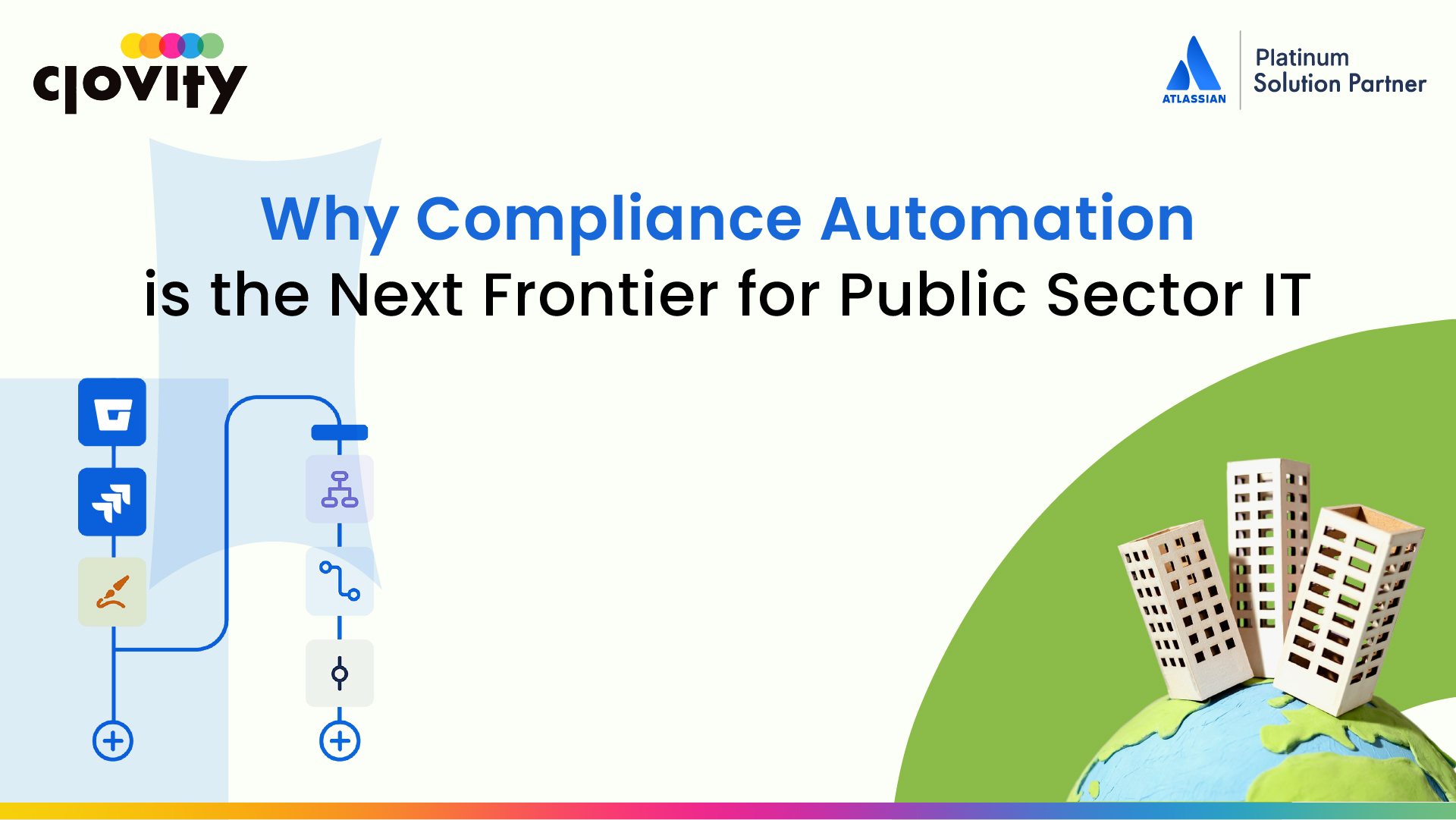For public sector IT teams, compliance isn’t just about checking boxes—it’s about maintaining trust, security, and operational continuity. From FedRAMP and NIST to internal mandates at state and local levels, the regulatory demands are increasing while resources often remain flat.
The challenge? Ensuring continuous compliance across complex systems without slowing down teams or piling on manual overhead.
This is where compliance automation steps in.
Manual Compliance is Unsustainable
Many government teams still rely on spreadsheets, shared drives, and email trails to track approvals, audits, and policy adherence. These methods are:
-
Time-consuming
-
Difficult to scale
-
Prone to human error
-
Hard to validate under audit scrutiny
As systems grow and deployments accelerate, relying on manual checks becomes a liability.
The Shift Toward Automation
Public sector IT leaders are now recognizing that compliance can’t be a side process—it must be embedded into the daily flow of work. That’s why automation is becoming essential. Instead of treating compliance as a separate layer, it’s integrated into the tools teams already use—like Jira and Bitbucket.
Automation ensures that approvals are captured, policy checks are enforced, and every action is logged—without adding friction to development or operations.
What Does Compliance Automation Look Like?
Here’s how modern agencies are embedding compliance directly into their workflows:
Approval Gates in Jira Workflows
Before a ticket can progress to a new status (e.g., from “In Review” to “Approved”), Jira can enforce:
-
Required reviewer sign-offs
-
Documentation uploads
-
Completion of checklists
Merge Checks in Bitbucket
Bitbucket can block code from being merged unless:
-
A linked Jira ticket is present
-
Reviews are completed
-
No security flags are open
-
Builds pass in Bitbucket Pipelines
Automated Issue Assignment & Routing
Jira Automation can ensure:
-
Security tickets go to the right team
-
Stalled reviews trigger alerts
-
High-priority issues are escalated
Real-Time Dashboards for Oversight
Instead of waiting for reports, managers and compliance officers get a live view of:
-
Pending approvals
-
Incomplete documentation
-
Recently deployed changes linked to audit tickets
Benefits for Public Sector Agencies
Implementing automation doesn’t just improve efficiency—it provides measurable compliance advantages:
-
Audit-readiness: All approvals and changes are logged and traceable
-
Policy enforcement: No step is skipped due to oversight
-
Reduced manual burden: Teams can focus on delivery, not documentation
-
Consistent processes: Workflows become repeatable and predictable
-
Stronger collaboration: Development, operations, and compliance teams stay aligned
Built for Government Standards
Atlassian’s cloud tools, including Jira and Bitbucket, are FedRAMP Moderate-authorized, making them a secure choice for public sector needs. When paired with automation strategies tailored to your compliance framework, you don’t just meet expectations—you build confidence into every step.
Conclusion
Compliance automation is no longer a future goal—it’s the logical next step for public sector IT. With the right systems and workflows in place, agencies can operate with the speed they need and the oversight they’re required to maintain.
You don’t need to choose between innovation and accountability. With tools like Jira and Bitbucket, you can achieve both—every day, on every project.
📧 Contact us at sales@clovity.com or visit atlassian.clovity.com to get started today.


